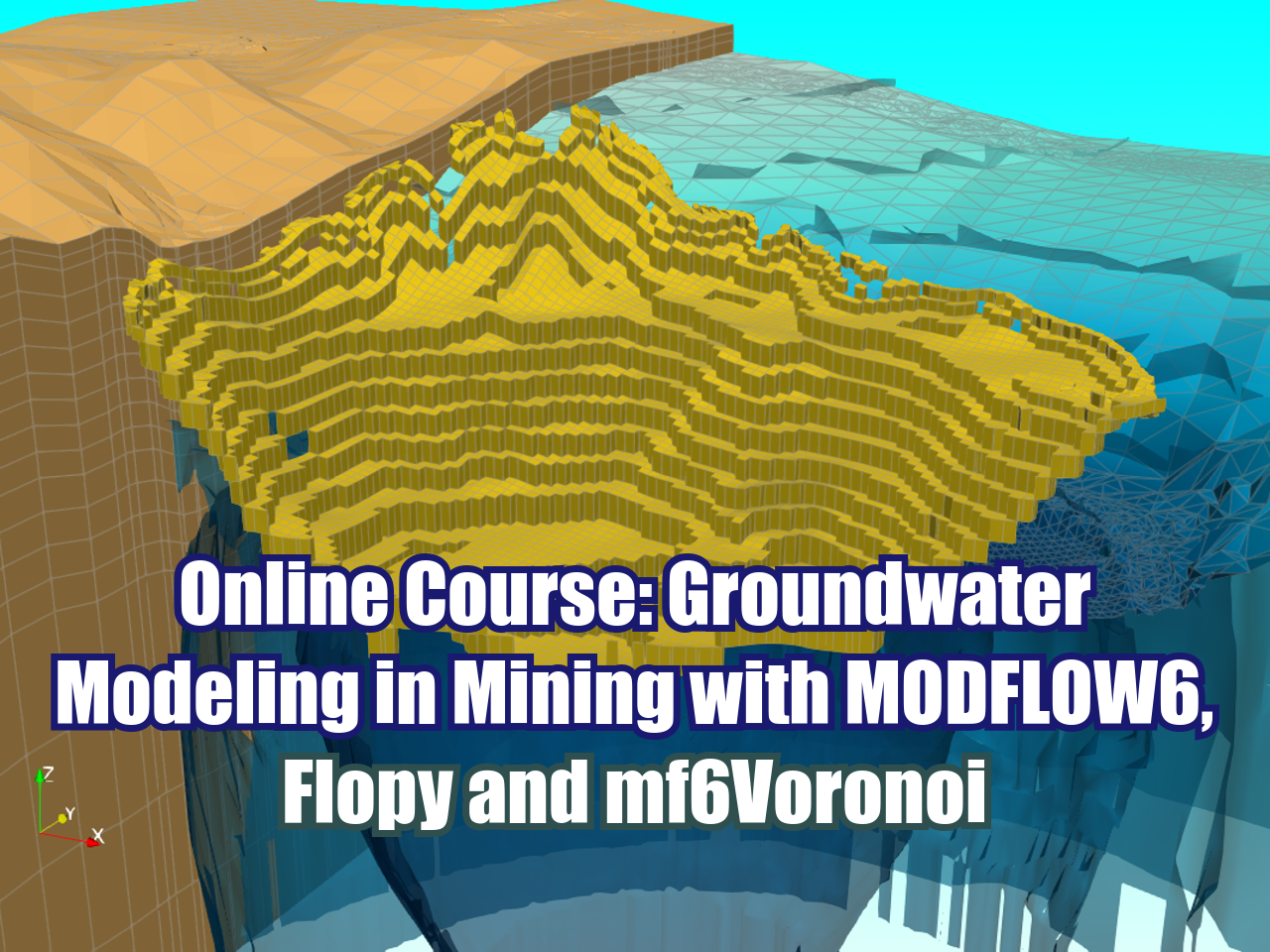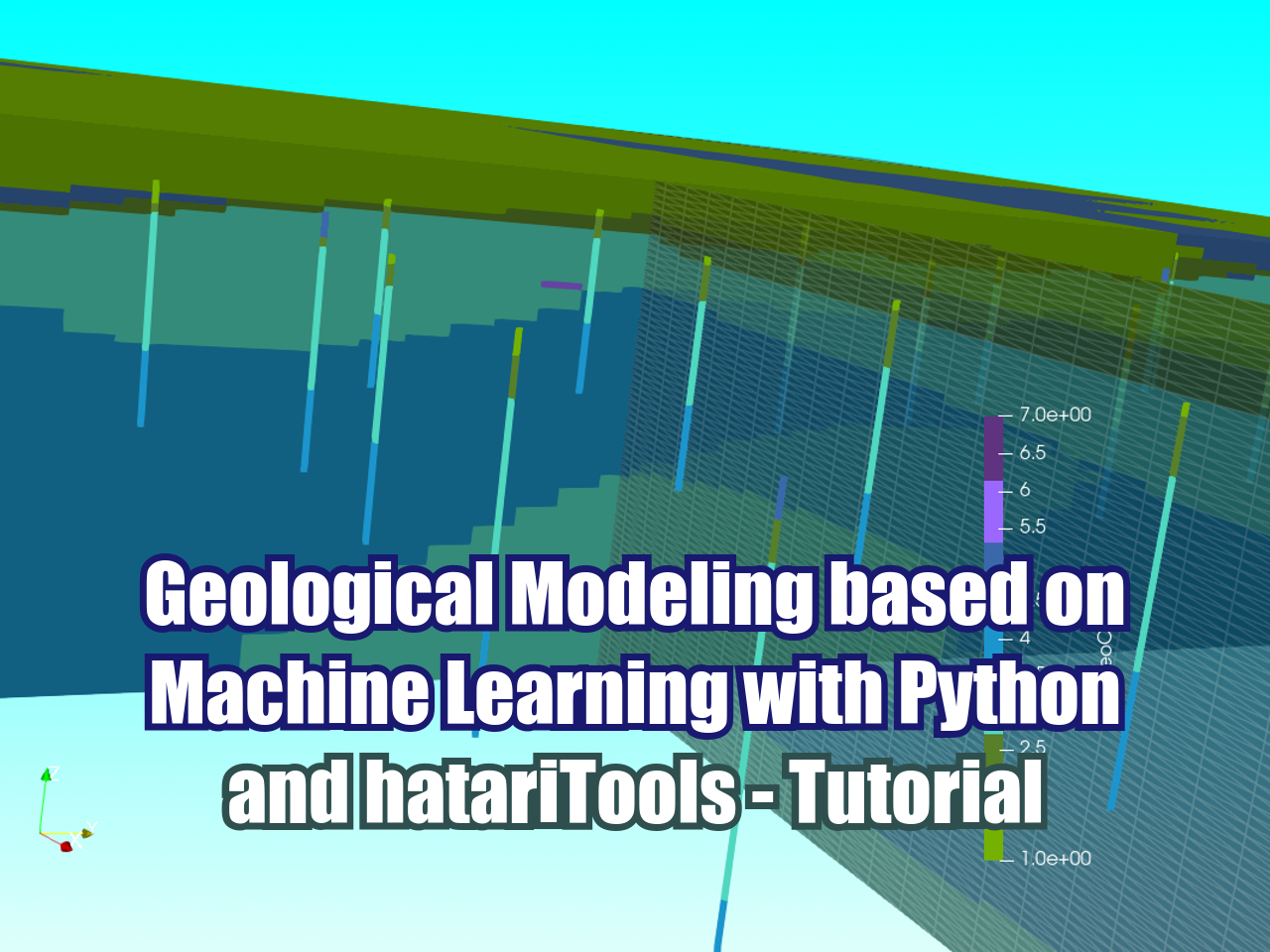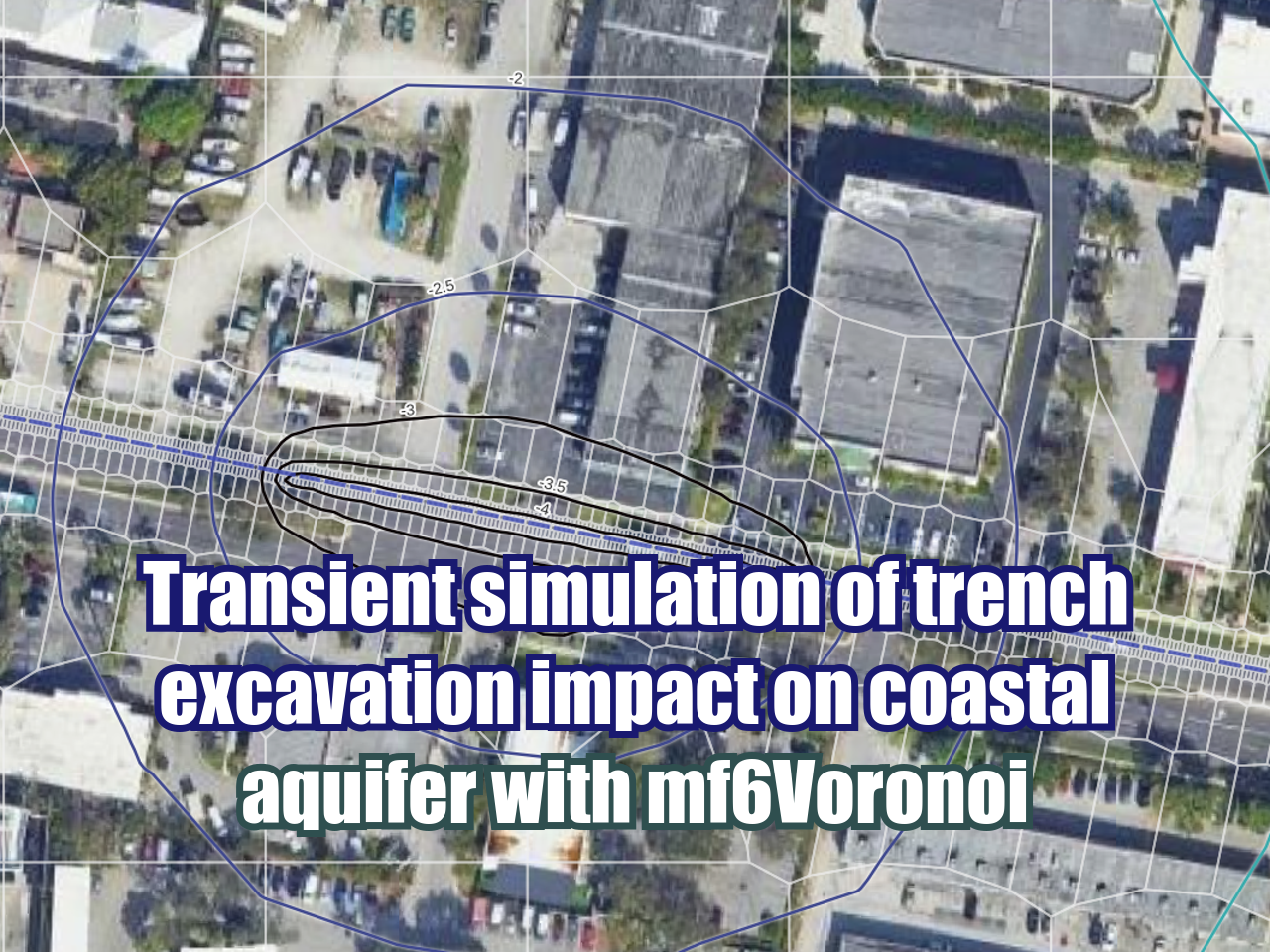Online Course: Regional Groundwater Modeling with Modflow, Model Muse and Flopy
/Regional groundwater modelling is an important task in strategic water management which can be used to assess the current groundwater situation and to predict future conditions. It is also frequently used to quantifying recharge, discharge and to evaluate aquifer parameters as well.
This course presents the main functions and applications of MODFLOW for regional groundwater modelling. MODFLOW is the USGS software using finite difference method to solve the groundwater flow equations. It is the most popular modelling software among hydrogeologists and environmental scientists. There have been free and commercial GUIs developed for MODFLOW. ModleMuse and Flopy are two USGS programs which support the preprocessing, running and post-processing of MODFLOW. ModelMuse has graphical interface and Flopy is developed in python and is code driven. Both of them have been widely used by hydrogeologists.
This course covers the whole procedure of developing regional groundwater models through the ModelMuse interface, including the model construction, boundary conditions, parameter assignment, model simulation, results analysis and visualization, and model calibration. Flopy is also introduced in the course to import, create, refine and simulate the model as in ModelMuse. Two basins with different aquifer setting and boundary conditions are used as case studies to demonstrate the use of these tools so that the participants learn how to build these models and analyze the results for future decision-making.
Objectives
The development of this course is to guide the students to understand the concepts of and follow the complete procedures of regional groundwater modelling using model tools and functions provided in the GUIs. In this course the student will learn:
Concepts of groundwater flow modelling
ModelMuse environment and tools for modelling.
Flopy environment and tools for modelling
Conceptualization, grid design, boundary conditions and MODFLOW packages
·Model result analysis and visualization
Model calibration
Course content
Session 1
Introduction to the environment of ModelMuse
Building a regional model
Define model area and active zone
Model layers and spatial discretization
Import external data
Assign boundary conditions and hydraulic parameters.
Session 2
Application of the MODFLOW packages - DRN, RCH and EVT
Using global variables to assign model parameters
Using graphical objects and external shapefiles to apply model parameters and boundary conditions
Input observations
Session 3
Analysis of the groundwater balance.
Comparison of simulated - observed hydraulic heads.
Visualization of results in ModelMuse
Introduction to the environment of Flopy
Construct the model in Flopy
Session 4
Building another regional model.
Application of the MODFLOW packages - DRN, RCH, EVT, and GHB.
Using global variables to assign model parameters.
Using graphical objects and external shapefiles to apply model parameters and boundary conditions.
Model visualization.
Session 5
Calibration of a regional model
Insert piezometers
Simulation of the model
Water balance analysis
Analysis of model convergence.
Adjustment of parameters according to physical considerations
Session 6
Optimizing the regional model
Comparison of observed and simulated data
Analysis of calibration statistics with Flopy
Analysis of water levels.
Visualization and analysis of water balance of the calibrated model.
Trainer
Haili Jia Ph.D.
Senior Hydrogeologist – Numerical Modeler
Dr Haili Jia graduated from University of the Western Cape in South Africa with PhD degree in Hydrogeology. She has over 10 years of experience in this field by practising both research and commercial groundwater projects.
Dr Haili Jia has strong interest and rich knowledge in groundwater evaluation, numerical modelling, GIS, data analysis and programming. She has excellent modelling skills in MODFLOW with various GUIs, such as PMWIN, GMS, ModelMuse, and Flopy. She can proficiently use ArcGIS and QGIS with scripting skills. She has also been using python programming to facilitate tasks.
Dr Haili Jia has been involved in long-term mine water management program in the Witwatersrand Gold Basin and she is in charge of the numerical modelling of the flooded basins with very complicated hydrogeological conditions.
Methodology
Here are some details of each methodology:
Manuals and files for the exercises will be delivered.
The course will be developed by videos on private web platform.
There is online support for questions regarding the exercises developed in the course.
Digital certificate available at the end of the course.
Video of the classes will be available for 2 months.
To receive the digital certificate you must submit the exams after 1 month.
Cost and payment
The cost of the course is $ 250 dollars.
This online course will be given on out elearning platform: elearning.hatarilabs.com . You will need to create an account to payment by Paypal and automatically you will register for the course.
For any other information please write to: saulmontoya@hatarilabs.com























